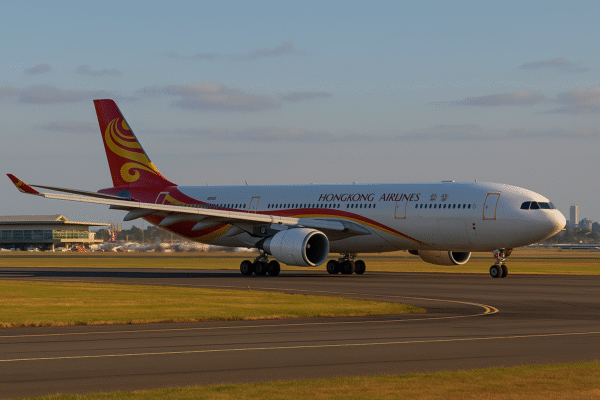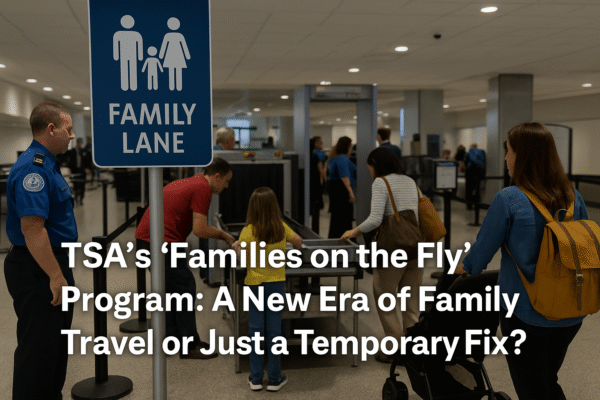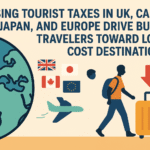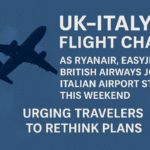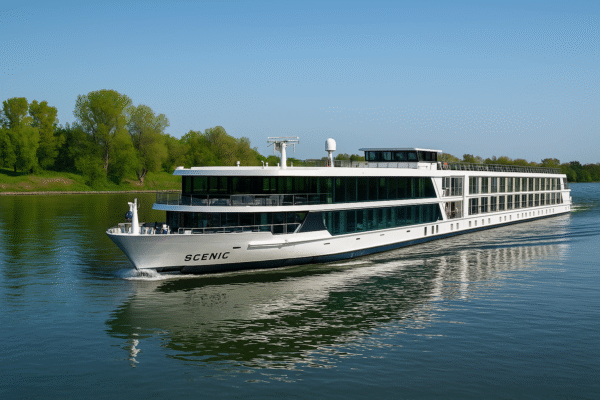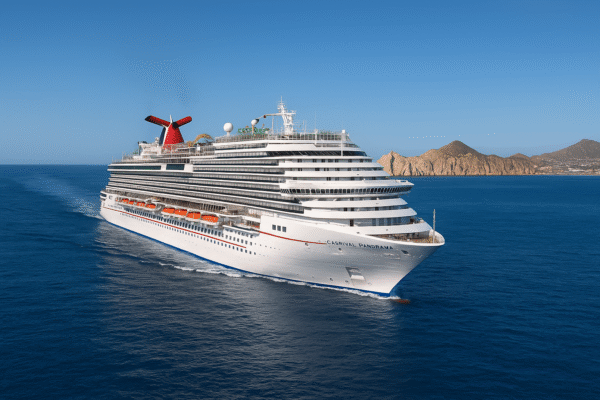As U.S. airports struggle to manage increasing passenger volumes, the Transportation Security Administration (TSA) has introduced a major new policy aimed at relieving one particularly challenged group—traveling families. Known as the “Families on the Fly” initiative, this program introduces dedicated security lanes for families with young children at select airports across the United States. The goal: to ease congestion, reduce wait times, and provide a less stressful experience for parents juggling toddlers, strollers, bottles, and boarding passes.
While the idea may sound like a game-changer, especially for families traveling during school holidays, the reality of implementation presents both opportunity and complexity.
Why TSA Introduced Family-Only Security Lanes
Air travel has rebounded strongly since the pandemic, with 2024 and 2025 seeing record summer traffic at many U.S. airports. According to the U.S. Department of Transportation, over 850 million passengers are projected to fly in 2025, with a growing segment made up of families and multigenerational groups.
TSA officials acknowledged that navigating traditional security lanes can be particularly overwhelming for families. From removing baby shoes and unpacking formula bottles to managing crying toddlers and collapsing strollers, the standard security experience is not exactly family-friendly.
To address this, TSA launched the “Families on the Fly” program, establishing dedicated family screening lanes to make the process smoother and faster for those traveling with young children. The aim is to reduce stress not just for families, but also for nearby passengers who may be impacted by delays caused by child-related issues during screening.
Where the Program Is Being Piloted
The family security lane initiative is currently being piloted at two high-volume airports:
- Orlando International Airport (MCO), Florida
- Charlotte Douglas International Airport (CLT), North Carolina
These airports were selected due to their large volume of family travelers, especially during spring and summer vacation periods. If the program proves effective, TSA plans to expand it to other airports, including:
- John Wayne Airport (SNA) – Orange County, California
- Daniel K. Inouye International Airport (HNL) – Honolulu, Hawai’i
- Charleston International Airport (CHS) – South Carolina
- Jacksonville International Airport (JAX) – Florida
- T.F. Green International Airport (PVD) – Rhode Island
These rollouts are expected to occur in phases throughout 2025 and 2026, with performance reviews guiding the timeline.
How the Family Lanes Work
Unlike TSA PreCheck or CLEAR lanes, family security lanes are designed to accommodate the specific needs of caregivers and children. Features include:
- Extra space for strollers and car seats
- On-site TSA staff trained to assist with child-related items
- Optional walk-throughs for children without shoe removal
- Priority for nursing mothers and families with infants
Importantly, these lanes are not limited to TSA PreCheck members, making them accessible to more travelers.
Benefits of the Program: Convenience and Compassion
Initial feedback from passengers and airport staff has been positive. Parents at Orlando and Charlotte airports reported less stressful screening, faster service, and a more accommodating environment. The program aligns with TSA’s broader goal of modernizing the traveler experience, including recent updates like relaxing shoe removal policies for certain passengers.
According to data from similar international models, such as those in Seoul, Doha, and Istanbul, dedicated family lanes can reduce wait times by up to 15% during peak periods.
Additionally, the benefits extend beyond families. By diverting families from general screening lanes, the initiative helps reduce congestion for all passengers, potentially improving throughput systemwide.
Operational Challenges Ahead
Despite the promise, experts warn that the initiative’s success depends on consistent staffing and resource allocation. If family lanes are underused during off-peak times or left unstaffed during peak periods, the system could backfire—confusing passengers and increasing frustration.
Moreover, redesigning airport checkpoints isn’t a simple task. Airport layouts, TSA staffing levels, and collaboration with airline stakeholders will all play a role in determining if the program expands successfully. As of mid-2025, TSA has not announced specific budget increases to support the full rollout, which raises questions about long-term scalability.
Families Applaud the Move, but Want More
Parenting groups and travel advocates have welcomed the initiative but urge TSA to go further. Recommendations include:
- Family check-in support at airline counters
- Play areas near gates
- Child-friendly signage to ease navigation
- Real-time alerts on family lane wait times via airport apps
For now, the family lane initiative represents a step in the right direction, particularly for airports known for high family travel traffic, such as Orlando, Honolulu, and Southern California.
Final Thoughts: A Test of Innovation and Empathy
TSA’s “Families on the Fly” initiative signals a new direction in passenger experience—one that recognizes the diversity of travelers and their unique needs. If managed well, this program could set a global benchmark for family-friendly airport operations.
However, the long-term impact depends on efficient implementation, clear communication, and a willingness to evolve based on traveler feedback. For now, traveling families may finally breathe a little easier at airport security—while the rest of the world watches to see if this compassionate innovation can truly take flight.
For more travel news like this, keep reading Global Travel Wire















